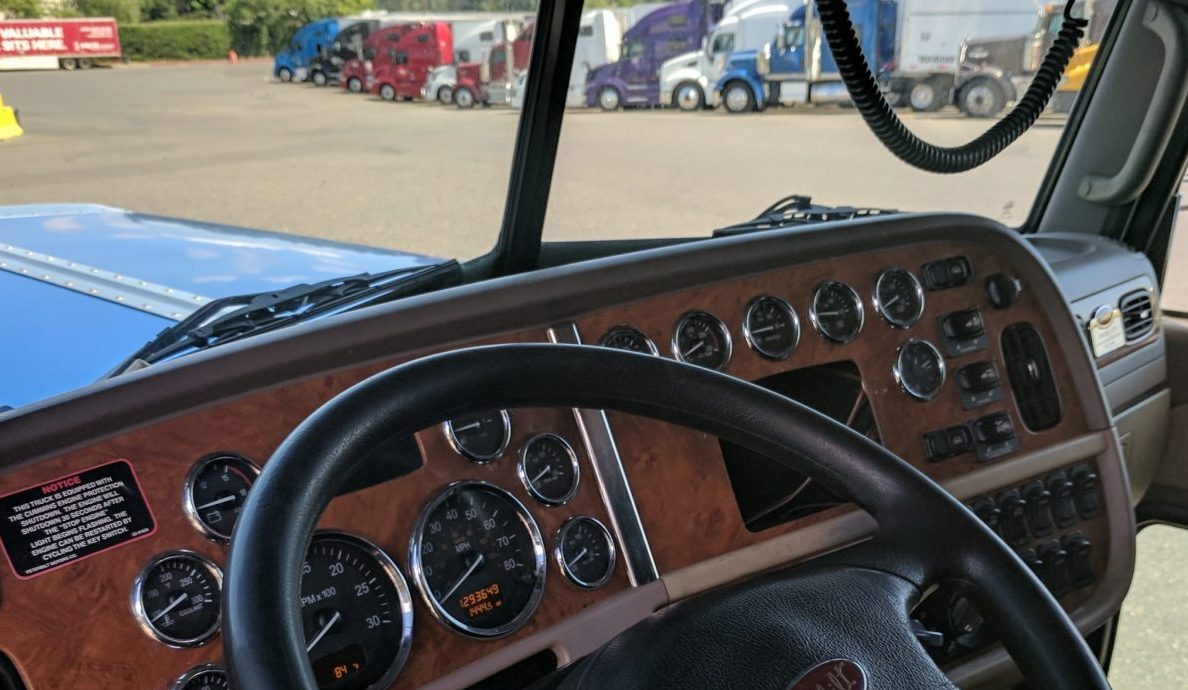
FMCSA Clarifies Personal Conveyance Drivers Hours in Finding Parking
posted in Alerts by Brian Gray
FMCSA Clarifies Personal Conveyance Drivers Hours in Finding Parking
On May 31st, FMCSA provided additional explanatory detail of the “personal conveyance” provision.
Effective immediately, the Federal Motor Carrier Safety Administration will allow drivers to enter into personal conveyance status, whether the truck is loaded or not, to find the nearest safe parking or rest location after their hours of service are exhausted by a shipper/receiver or off-duty periods are interrupted by law enforcement.
“The movement from a shipper or receiver to the nearest safe resting area may be identified as personal conveyance,” according to a notice from FMCSA, “regardless of whether the driver exhausted his or her hours of service, as long as the CMV is being moved solely to enable the driver to obtain the required rest at a safe location.”
Generally, personal conveyance use has not been allowed for any move intended to further the direction of the current or next dispatch and is intended as truly personal use of the truck, outside the stream of commerce.
The agency noted it recognized that “the driver may not be aware of the direction of the next dispatch and that in some instances the nearest safe resting location may be in the direction of that dispatch. If the driver proceeds to the nearest reasonable and safe location and takes the required rest, this would qualify as personal conveyance.”
Any driver using personal conveyance this way is advised to “annotate on the log if he/she cannot park at the nearest location and must proceed to another location.”
Personal conveyance is also newly specifically allowed in other similar circumstances, the agency noted — when a safety official (such as a law enforcement officer) requires a driver to move during an off-duty period. Such a use should be “no farther than the nearest reasonable and safe area to complete the rest period,” according the Federal Register publication.
FleetOwner’s 10 Essential Things to Know about Personal Conveyance:
- This is not a requirement — it’s up to the carrier whether to allow personal conveyance of the commercial motor vehicle (CMV).
- If the carrier does allow personal conveyance, there are no limits that must be placed on it.
- Carriers should be clear on their personal conveyance policy.
- The driver must be off duty for it to be personal conveyance.
- The purpose of a personal conveyance move has to be, after all, personal.
- The CMV can be loaded or empty during personal conveyance.
- Personal conveyance does not affect the driver’s on-duty time.
- A move when the driver is parked and off duty can be personal conveyance.
- The driver does not have to return to the last on-duty location after a personal conveyance.
- A commute with the truck to and from the terminal or similar location, if allowed by the carrier/ employer, can be personal conveyance.






